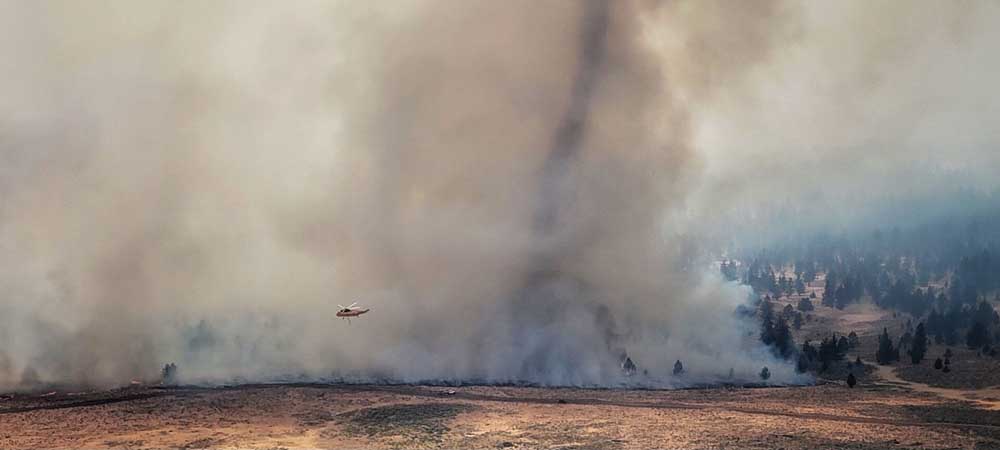Herb Robert spreading across Pacific Northwest
Published 8:57 am Friday, July 17, 2015

- Herb Robert
Name: Herb Robert
Scientific name: Geranium robertianum
Trending
Herb Robert is a plant from Europe, Asia, and North Africa, which has been introduced in much of North America and is spreading. In the Pacific Northwest it started showing up in Seattle gardens, where it quickly became known as “Stinky Bob.” Gardeners in western Washington and western Oregon quickly learned that once established it was nearly impossible to get rid of. I have seen it growing in the British Isles, near Oregon beaches, and along the coast of New England. It is now showing up in the Blue Mountains, and its aggressive nature in crowding out other plants may prove to be of concern.
This is a small plant with freely branching red stems, often sprawling along the ground or up to 10 inches high. The leaves are somewhat attractive, divided into 3 to 5 leaflets, and each leaflet deeply cleft nearly to the midrib. The flower is about an inch wide, with five rounded petals. The fruit is typical of geraniums. The seeds are at the base of long, narrow, needle-like structures, which when dried spring open and throw the seeds away from the plant.
The familiar plant name geranium is actually the Latin scientific name for the genus. The origin of the species name is uncertain. The plant was most likely named for either Robert, Duke of Normandy or Saint Robert of Chaise-Dieu, both of the 11th century, or Saint Rupert of Salzburg from the 8th century. Common names from the past include Death-come-quickly, Dragon’s-blood, Fox Geranium, Jenny-Wren, Mountain Geranium, Red Bird’s Eye, Red Robin, Red-Shanks, St. Robert, and Wren’s-flower. In the British Isles it is reported to have over 100 common names.
Finding the plant was once considered a bad omen, as it was associated with snakes, headaches, house-haunting, and illnesses. In spite of negative beliefs, the plant was known to provide relief for a number of ailments, and was said to have astringent qualities. Since this plant is a recent newcomer to North America, it is no surprise that I could not find any reference to uses by any Indian tribes.
Where to find: The easiest place to find it is probably at the beach. The one place I know of in the Blue Mountains is on private property and may not be there now, though in a few more years it may be easier to find.









